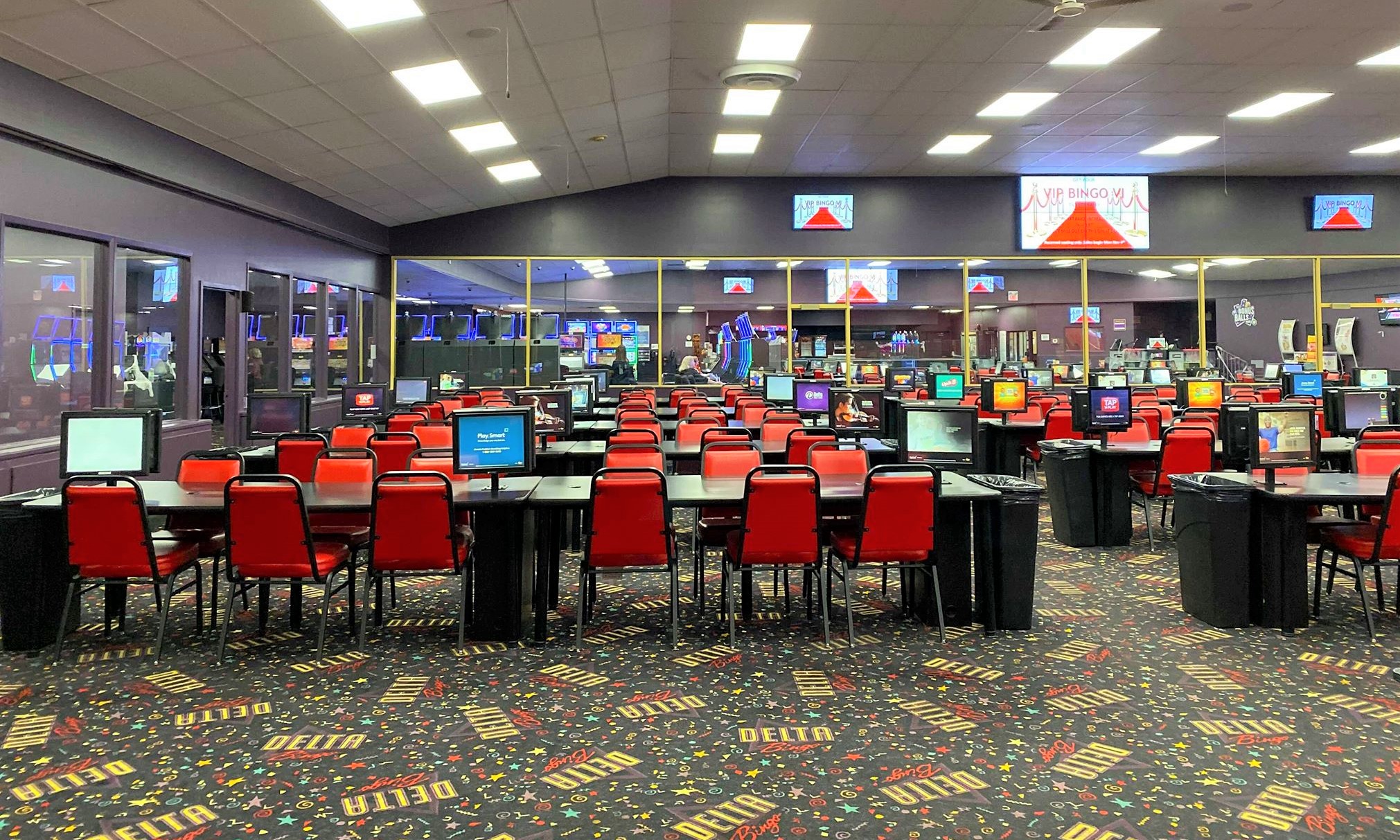Optimal Strategies for Placing Security Cameras to Improve Surveillance Efficacy
Optimal Strategies for Placing Security Cameras to Improve Surveillance Efficacy
Blog Article

Placing surveillance cameras efficiently remains crucial to improving surveillance in various settings, such as residences, businesses, as well as public spaces. The primary goal of security cameras is to discourage criminal activity and offering evidence during case of events. To attain this, it becomes important to consider various factors, such as camera location, field of vision, and the particular areas that require oversight. By comprehending these elements, individuals as well as organizations can develop a comprehensive monitoring strategy that optimizes the effectiveness of their surveillance systems.
One of the initial actions in placing surveillance cameras involves to determine key locations that need monitoring. High-risk areas, such as entry points, exits, vehicle lots, as well as areas with high-value assets, must be prioritized. It is crucial to consider blind spots, that are locations that may not be seen from certain angles. By charting out these critical locations, surveillance staff can ensure that every nook is observed, reducing the chances of illegal actions going unnoticed. Additionally, installing surveillance systems at key points can assist create a complete view of the property, allowing for improved total security coverage.
The viewing angle of a security system is another crucial element to consider. Various kinds of surveillance systems provide varying ranges of vision, that can influence how much space gets recorded in the footage. For example, wide-angle systems can monitor larger areas, rendering them ideal for spacious locations, while pan-tilt-zoom cameras can be adjusted to concentrate on specific details. When placing cameras, it is important to choose the right type based on the area being observed. This guarantees that the system can capture clear footage and provide valuable data in case of an incident.
Elevation and tilt of mounting also play a significant role in the effectiveness of surveillance systems. Cameras should be installed at a height that is out of reach of potential interference but also allows for clear visibility of identifying features and additional recognizable features. A typical suggestion is install cameras at least eight to ten feet off the ground. Additionally, the angle at which the system remains set can impact its ability to record crucial details. Cameras must be tilted to minimize glare and avoid blockages, guaranteeing that they can record clear footage at any moments.
Finally, regular maintenance and improvements to the surveillance camera are essential for long-term efficacy. This includes checking system functionality, cleaning optics, as well as ensuring that software remains current. Regular assessments of the monitoring strategy can help detect any new areas not visible or locations that may require extra coverage. By staying vigilant and implementing necessary adjustments, people as well as entities can improve their surveillance effectiveness and ensure that their security solutions remain to serve look what i found their designated function.